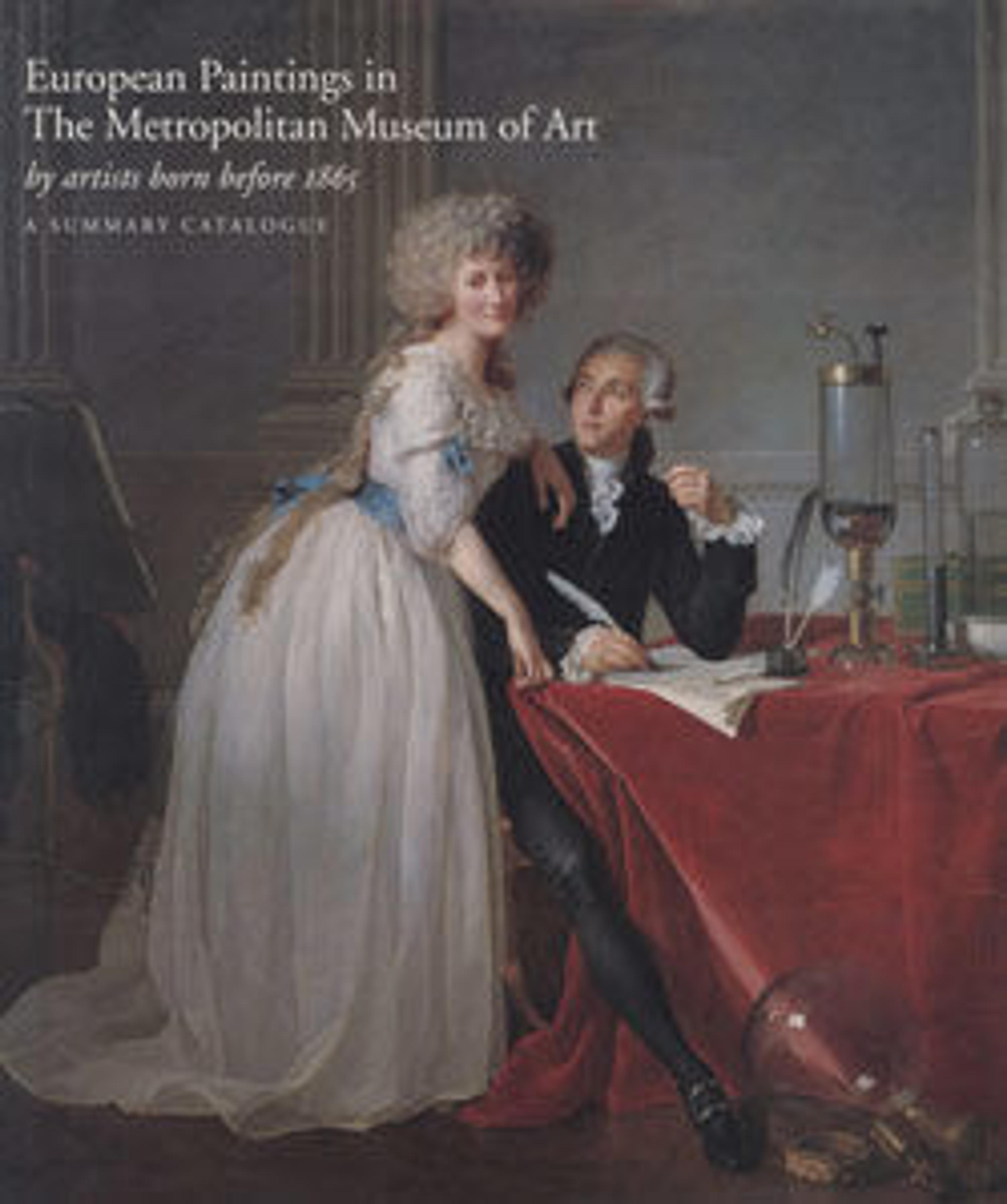The Ropewalk in Edam
Laborers manufacture rope by twisting together strands of fiber, which are strung along a path called a ropewalk. Liebermann, who was German, made this scene during a visit to the Dutch town of Edam, which is situated outside of Amsterdam, on what was once an inlet of the North Sea. In the background is a canal linking Edam to the larger body of water. Liebermann’s bold, rapid brushwork and vivid palette opened up new directions in German art of the period; notable in this work are the touches of light-colored paint that convey the effect of sunlight passing through the trees.
Artwork Details
- Title:The Ropewalk in Edam
- Artist:Max Liebermann (German, Berlin 1847–1935 Berlin)
- Date:1904
- Medium:Oil on canvas
- Dimensions:39 3/4 x 28 in. (101 x 71.1 cm)
- Classification:Paintings
- Credit Line:Reisinger Fund, 1916
- Object Number:16.148.2
- Curatorial Department: European Paintings
More Artwork
Research Resources
The Met provides unparalleled resources for research and welcomes an international community of students and scholars. The Met's Open Access API is where creators and researchers can connect to the The Met collection. Open Access data and public domain images are available for unrestricted commercial and noncommercial use without permission or fee.
To request images under copyright and other restrictions, please use this Image Request form.
Feedback
We continue to research and examine historical and cultural context for objects in The Met collection. If you have comments or questions about this object record, please contact us using the form below. The Museum looks forward to receiving your comments.
